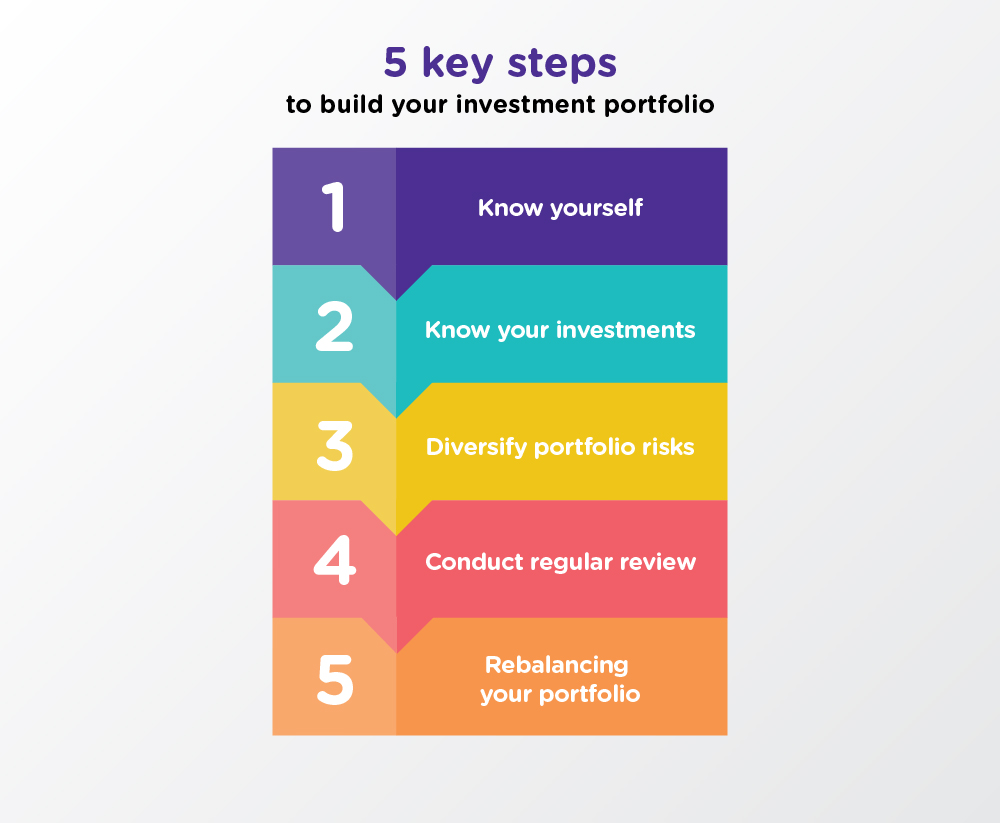
Building a simple investment portfolio can seem like a daunting task, especially for those who are new to investing. However, with a clear understanding of the basics and a well-thought-out strategy, anyone can create a solid investment portfolio that meets their financial goals. In this article, we will guide you through the process of building a simple investment portfolio, covering the key concepts, investment options, and tips to get you started.
Why Build an Investment Portfolio?
Investing is a crucial step in achieving financial stability and growth. A well-built investment portfolio can provide you with a steady income stream, help you build wealth, and protect your assets from inflation. By investing regularly, you can take advantage of compound interest, which can lead to significant gains over time.
Understanding Your Financial Goals
Before building an investment portfolio, it’s essential to understand your financial goals. What do you want to achieve with your investments? Do you want to:
- Build a nest egg for retirement?
- Pay off debt or loans?
- Increase your income?
- Build wealth over time?
Your financial goals will help you determine the type of investments to include in your portfolio and the level of risk you’re willing to take.
Assessing Your Risk Tolerance
Risk tolerance refers to your ability to withstand market fluctuations and potential losses. Are you:
- Conservative: You prefer low-risk investments, such as bonds or fixed income products.
- Moderate: You’re willing to take on some risk in pursuit of higher returns, such as stocks or real estate.
- Aggressive: You’re willing to take on high-risk investments, such as cryptocurrencies or startup companies.
Your risk tolerance will influence the asset allocation of your portfolio.
Understanding Investment Options
Investments come in various forms, including:
- Stocks: Represent ownership in a company, offering potential long-term growth.
- Bonds: Represent debt obligations, offering fixed income and relatively lower risk.
- Real Estate: Includes properties, REITs, or real estate crowdfunding platforms.
- Commodities: Includes assets like gold, oil, or other natural resources.
- Mutual Funds: Diversified portfolios of stocks, bonds, or other assets.
- Exchange-Traded Funds (ETFs): Similar to mutual funds but trade on an exchange like stocks.
- Index Funds: Track a specific market index, such as the S&P 500.
- Annuities: Insurance products providing guaranteed income for a set period.
Building a Simple Investment Portfolio
Once you’ve understood your financial goals, risk tolerance, and investment options, you’re ready to build your portfolio. Here’s a step-by-step guide:
- Set a budget: Determine how much you can afford to invest each month.
- Choose a brokerage account: Open a brokerage account with a reputable online broker, such as Fidelity, Vanguard, or Robinhood.
- Select your investments: Choose a mix of low-risk investments, such as bonds or index funds, and higher-risk investments, such as stocks or real estate.
- Allocate assets: Divide your portfolio into different asset classes, such as stocks, bonds, and real estate.
- Diversify: Spread your investments across different asset classes to minimize risk.
- Monitor and adjust: Regularly review your portfolio and rebalance it as needed to ensure it remains aligned with your goals and risk tolerance.
Simple Portfolio Example
Here’s an example of a simple investment portfolio for a beginner:
- 60% Stocks: Invest in a mix of large-cap and mid-cap stocks, such as Apple, Amazon, or Johnson & Johnson.
- 20% Bonds: Invest in a short-term bond fund or a U.S. Treasury bond ETF.
- 10% Real Estate: Invest in a real estate ETF or a REIT.
- 10% Cash: Keep 10% of your portfolio in a high-yield savings account or a money market fund.
Tips for Building a Successful Investment Portfolio
- Start early: The power of compound interest can work in your favor if you start investing early.
- Be consistent: Invest regularly to take advantage of dollar-cost averaging.
- Diversify: Spread your investments across different assets to minimize risk.
- Monitor and adjust: Regularly review your portfolio and rebalance it as needed.
- Avoid emotional decisions: Resist the temptation to make impulsive decisions based on market fluctuations.
- Educate yourself: Continuously learn about investing and stay up-to-date with market trends.
- Seek professional advice: Consider consulting a financial advisor for personalized guidance.
Conclusion
Building a simple investment portfolio requires a clear understanding of your financial goals, risk tolerance, and investment options. By following the steps outlined in this article, you can create a solid investment portfolio that meets your financial goals and helps you build wealth over time. Remember to start early, be consistent, and diversify your investments to minimize risk. With patience and discipline, you can achieve your financial goals and secure a brighter financial future.
Resources:
- SEC Investment Company Act: Learn about the laws and regulations governing investment companies.
- Investor.gov: Find reliable information on investing and stay up-to-date with market trends.
- SmartAsset: Get expert advice on investment, retirement, and financial planning.
- Personal Finance Software: Use online tools, such as Mint or Personal Capital, to track your finances and investments.
By following the advice and guidance outlined in this article, you can build a simple investment portfolio that helps you achieve your financial goals and secure a brighter financial future.
Word Count: 3000